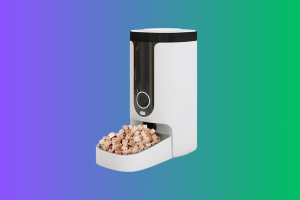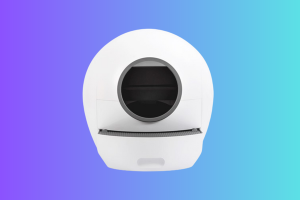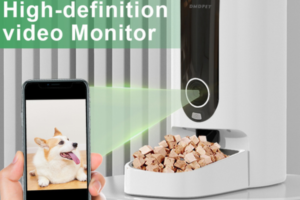
Algae Accumulation and Its Consequences
Algae growth in pet water bottles can pose serious health risks to pets. It not only affects the taste and quality of the water but also introduces potential toxins that can harm your pet’s digestive system.
Understanding Algae in Pet Water Bottles
What Causes Algae to Grow in Pet Water Bottles?
Algae thrive in moist environments with exposure to sunlight. Residual food particles and minerals in water create a conducive environment for algae growth, especially in stagnant water.
The Health Risks of Algae to Pets
Algae can produce toxins harmful to pets, leading to digestive issues, vomiting, and diarrhea. Long-term exposure may even result in more severe health complications.
How to Clean Algae from Pet Water Bottle Specific Steps
Materials Needed for Cleaning
To effectively clean pet water bottles, gather the following materials:
Cleaning brush: Small enough to reach into narrow openings.
Mild detergent or pet-friendly cleaning solution: To break down algae and remove residue.
Vinegar or hydrogen peroxide (optional): Natural alternatives for stubborn stains and disinfection.
Clean cloth or sponge: For wiping and drying.
Step-by-Step Cleaning Process
Follow these steps to clean your pet’s water bottle thoroughly:
Step 1: Empty and Disassemble the Bottle
Remove the pet water bottle and disassemble all removable parts of the pet water bottle.
Step 2: Check for Stubborn Spots
Inspect the bottle for any stubborn algae spots or residue before cleaning.
Step 3: Rinse with Warm Water
Flush the bottle with warm water to remove loose debris and prepare it for cleaning.
Step 4: Apply Cleaning Solution and Scrub
Mix a mild detergent or a pet-safe cleaning solution with warm water. Use the cleaning brush to scrub the interior, focusing on areas with algae buildup.
Step 5: Rinse Thoroughly and Air Dry
Rinse the bottle thoroughly with clean water to remove any cleaning solution residue. Allow it to air dry completely before reassembling and refilling.
Tips for Preventing Algae Build-Up
To minimize algae growth in pet water bottles:
Clean regularly: Establish a routine for cleaning the bottle at least once a week.
Use filtered water: Reduce mineral content and potential algae nutrients.
Keep bottles in a cool place: Avoid direct sunlight and warm temperatures that promote algae growth.
Safety Precautions
Ensure the safety of your pets during cleaning:
Use pet-safe cleaning products: Avoid harsh chemicals that could harm your pet.
Thorough rinsing: Remove all traces of cleaning agents to prevent ingestion of chemical residue.
Importance of Regularly Cleaning Pet Water Bottles
Regular cleaning not only ensures clean, fresh water for your pets but also prevents health risks associated with algae and bacterial growth.
Frequently Asked Questions
Frequently Asked Questions about Algae in Pet Water Bottles
How often should I clean my pet’s water bottle?
It’s recommended to clean the bottle weekly, or more frequently if algae or residue is visible.
Can I use bleach to clean the bottle?
No, bleach can leave harmful residues. Stick to pet-safe cleaning solutions.
Why is algae dangerous for pets?
Algae can produce toxins that may cause digestive issues and other health problems in pets.
If you want to know more about pet water bottles, please visit hoeiwell





